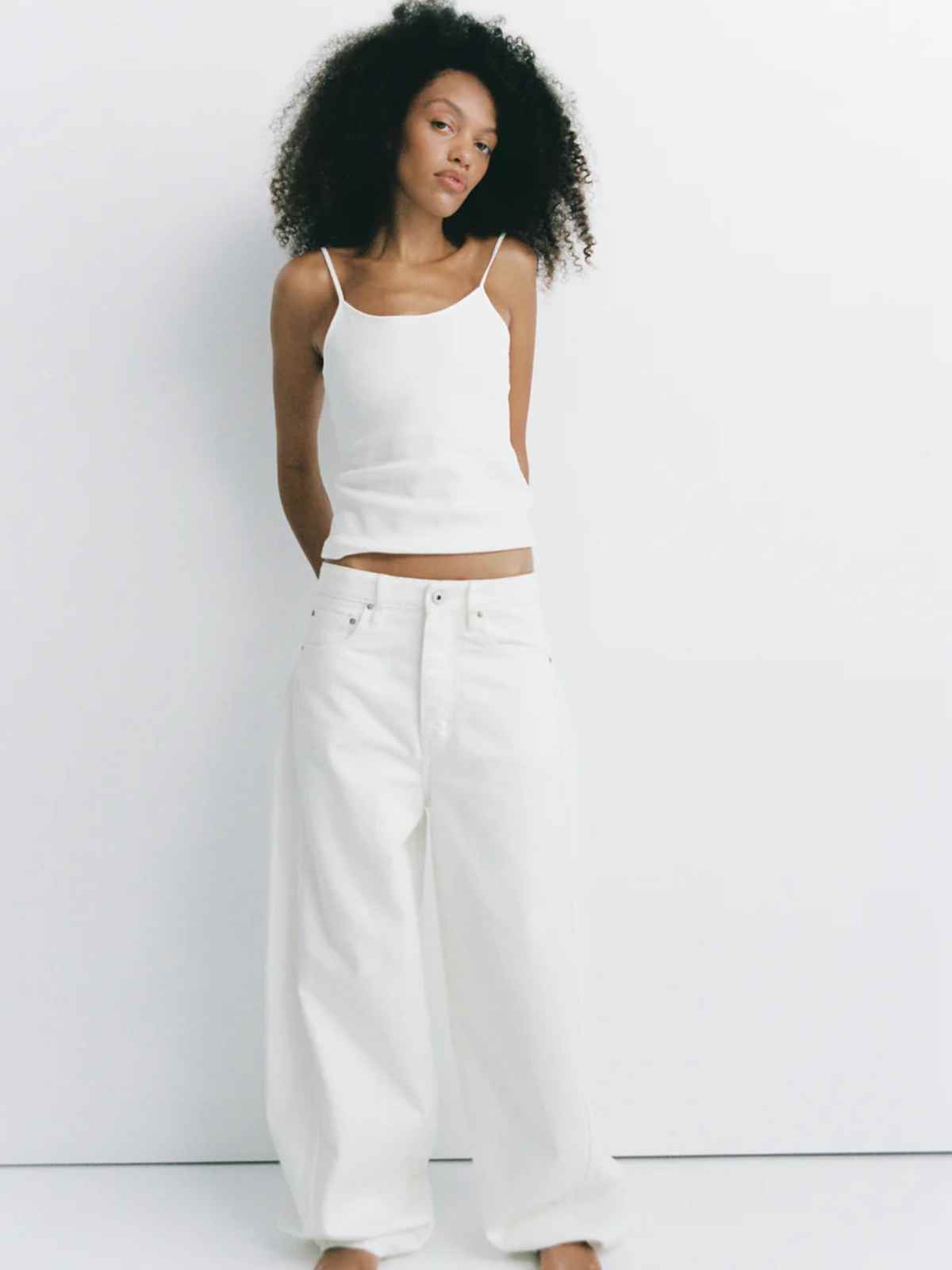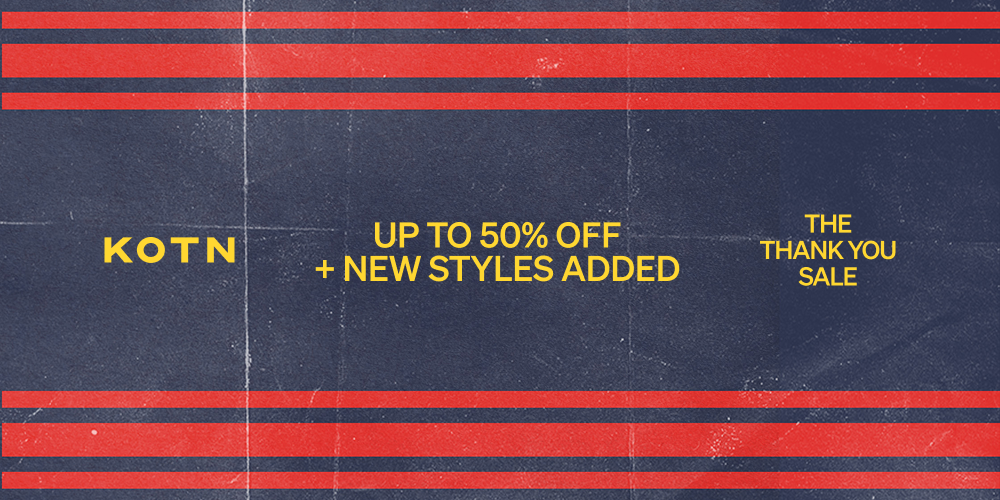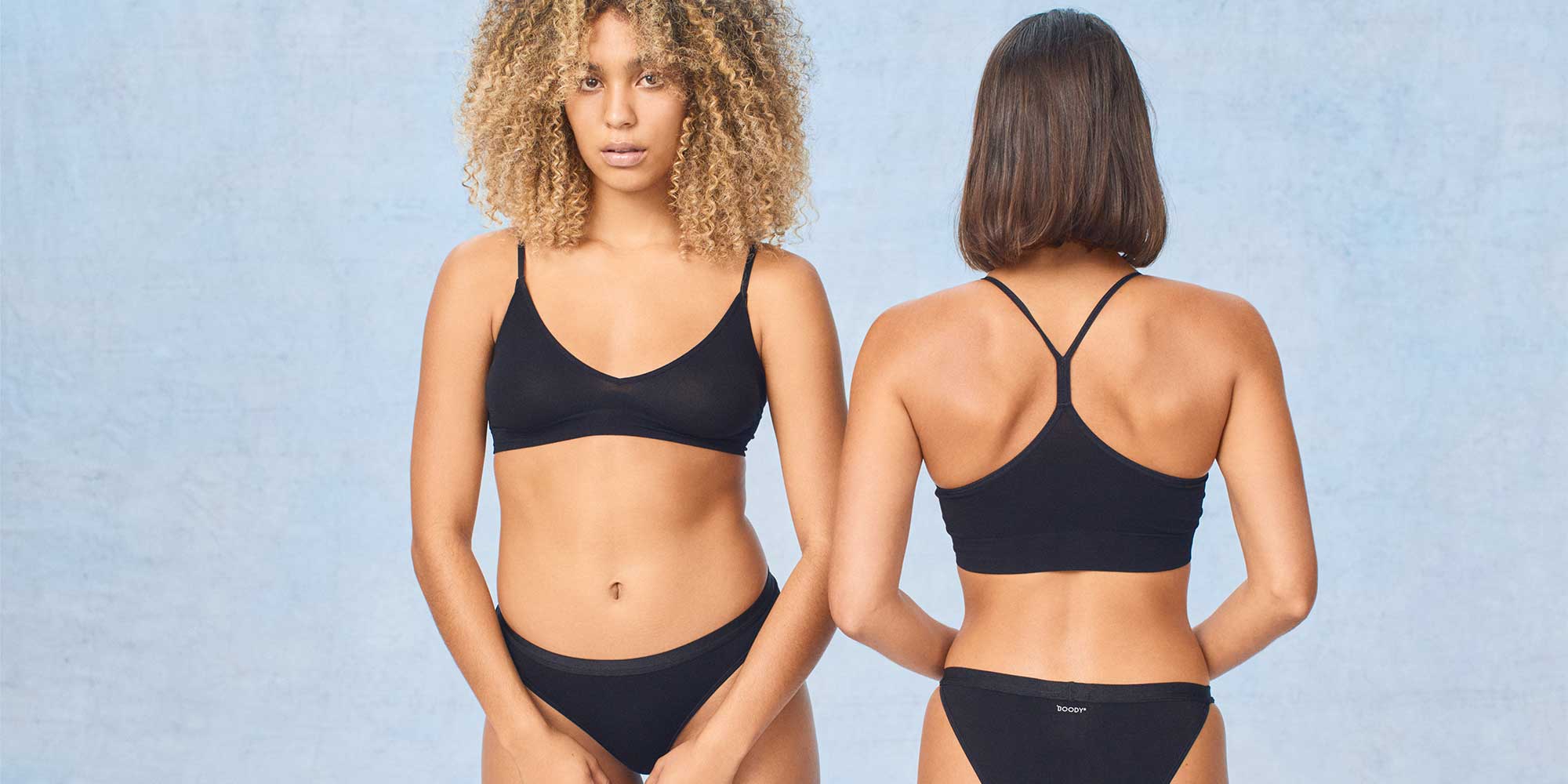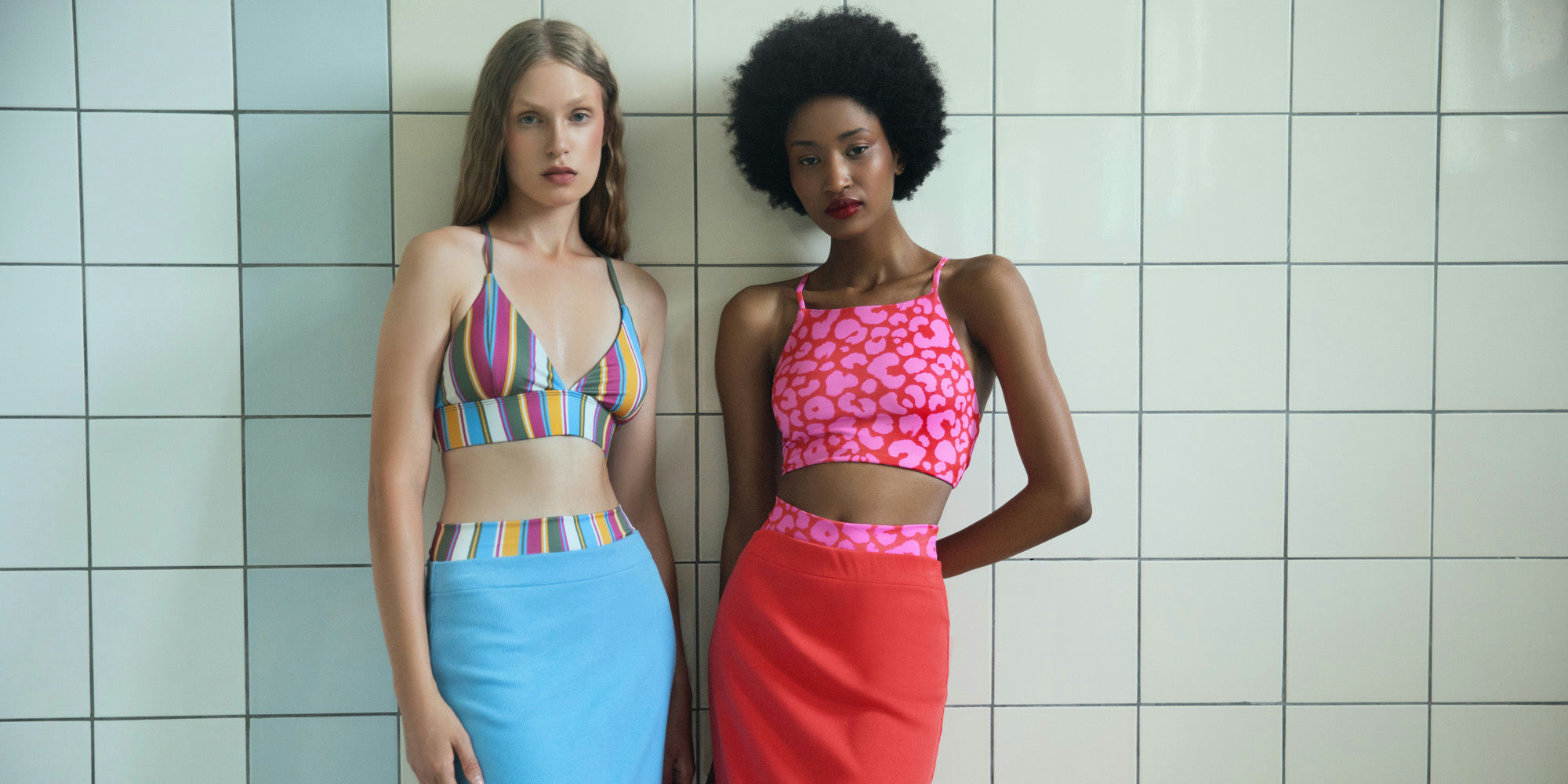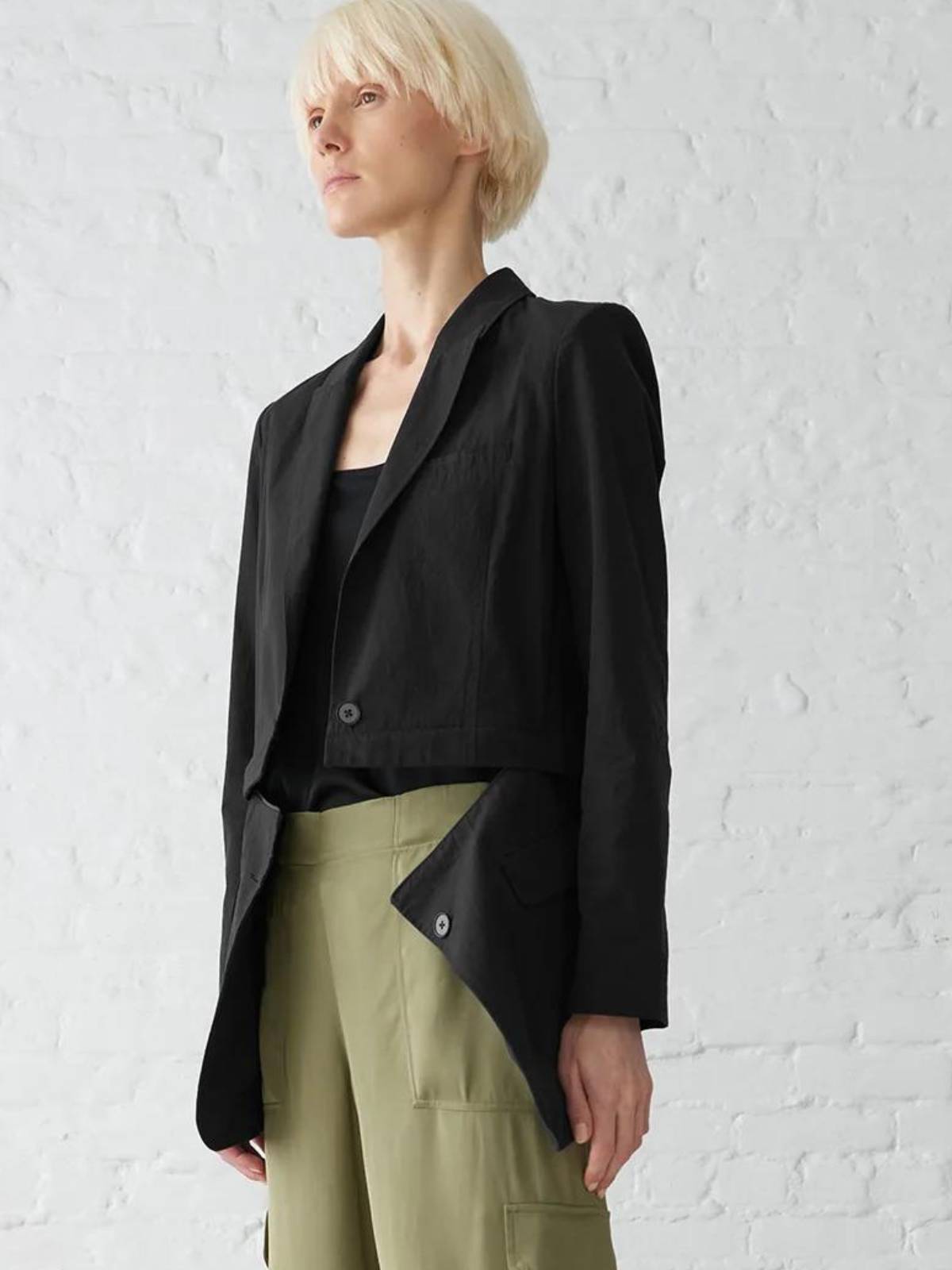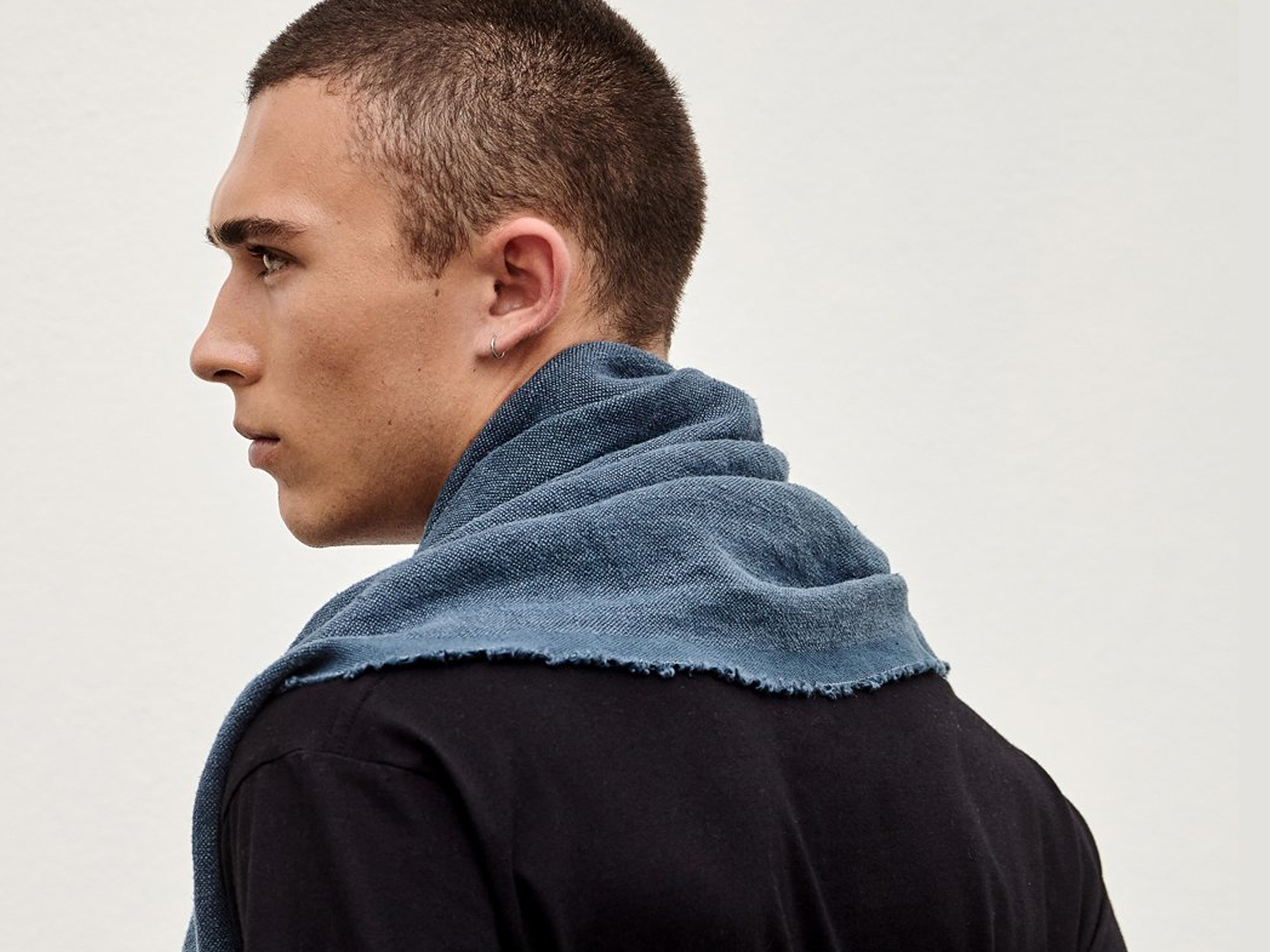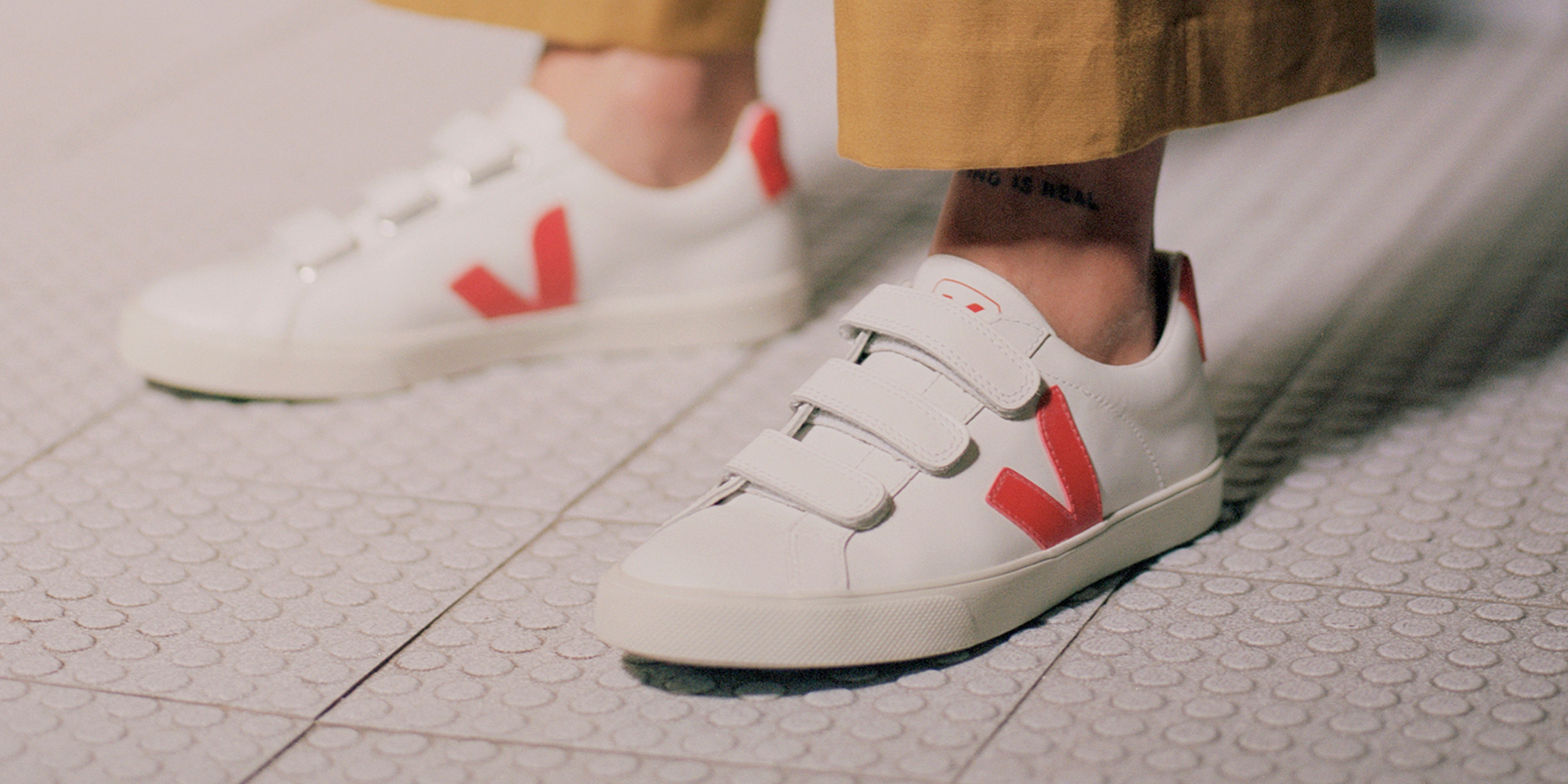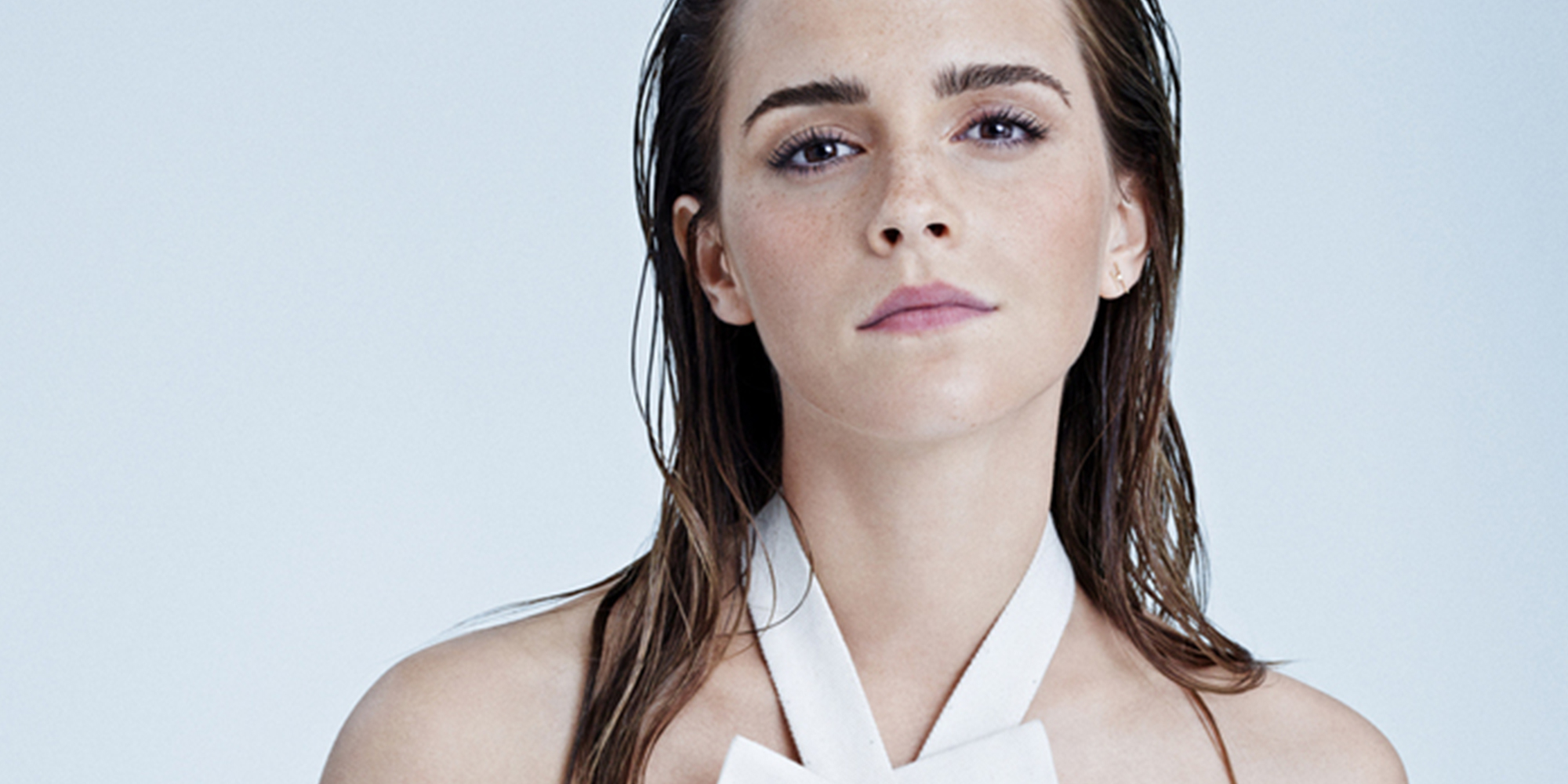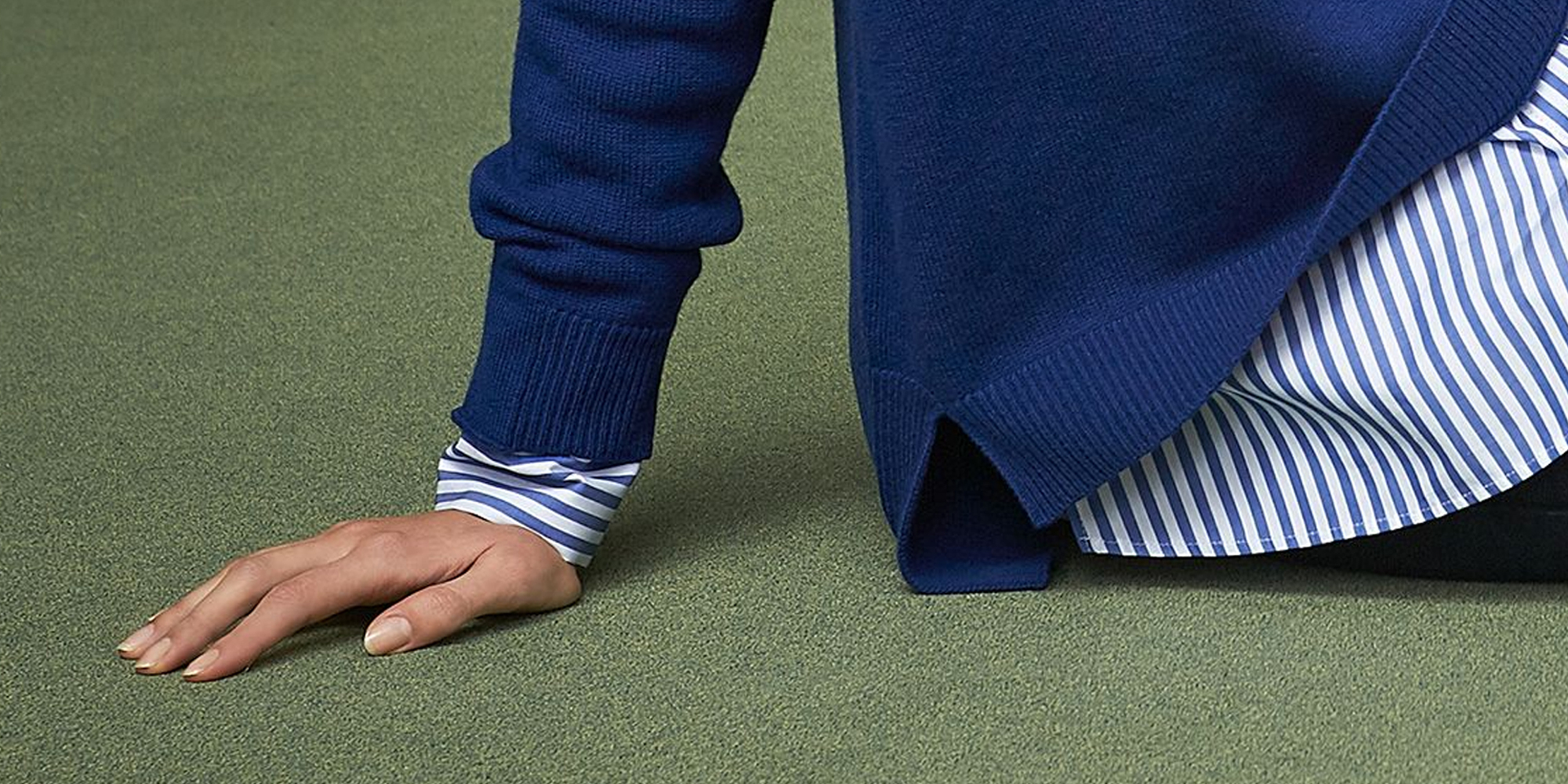Our editors curate highly rated brands that are first assessed by our rigorous ratings system. Buying through our links may earn us a commission—supporting the work we do. Learn more.
SHEIN has pioneered ultra fast fashion and is a leader in the race to the bottom. Perhaps unsurprisingly, we rate it “We Avoid”. Read on to learn more about the rating, which was published in February 2025 and may not reflect claims the brand has made since then. Our ratings analysts are constantly rerating the thousands of brands you can check on our directory.
Why is SHEIN so bad?
SHEIN was founded in 2008 and in recent years has been a leader in ultra fast fashion, which takes fast fashion and makes everything, well, worse. The brand boasts an Instagram following of more than 37 million people and believes that “everyone can enjoy the beauty of fashion”. It sells clothes at alarmingly low prices and of very dubious quality.
No stranger to controversy, SHEIN was accused in 2020 of selling offensive items, from Islamic prayer rugs as decorative mats to a necklace in the shape of a swastika. SHEIN has also been accused of stealing designs from small independent labels and printing low-quality copies for a fraction of the price. That’s not what we call “the beauty of fashion”. It also relies on unethical marketing—such as gamified experiences, frequent heavy discounting, and time pressures—and directs much of its promotion at young women on a budget.
Like its competitor Temu, SHEIN has long been opaque about its practices. Until recently you’d have been hard-pressed to find any information about SHEIN’s supply chain on its website, but thanks to consumer and governmental pressures and its impending launch on the stock market, the brand has created some sustainability content, with headlines like “Why SHEIN believes in an empowered supply chain”, and “We’re accelerating action for women”. So, let’s find out whether those claims are true and take a deeper look into how this brand treats people, the planet, and animals across the supply chain. How ethical is SHEIN?
Environmental impact
SHEIN scores “Not Good Enough” for the planet.
Its Instagram bio reads: “SHEIN offers endless finds at affordable prices, so you can get more of what you really love,” and it really does mean endless. The brand is well known for the huge volume of items on its site and regular product drops. It claims that its model of producing and dropping items in rapid timeframes to test their popularity before manufacturing larger quantities is sustainable, but at the time of writing, there were around 700 items in its women’s new-in category alone, never mind the rest of the platform. Such an excess of products can never be sustainable.
In recent years, SHEIN has made efforts to step up the sustainability content on its website, but a lot of it amounts to colourful graphics, wordy explainers that don’t actually say much at all, and very few items of substance, such as evidence and progress updates on its targets. For instance, it has set a science-based target to reduce greenhouse gas emissions in both its direct operations and supply chain but our analysts couldn’t find any evidence to say it is on track.
There’s also no evidence that it’s taking actions to minimise microplastic impacts, which is important given that so many of the brand’s garments are made from polyester—a material notorious for shedding microplastics during washing.
On top of all that, as a mass producer of cheap, poorly made, trend-aligned clothing, SHEIN perpetuates a wasteful fashion culture simply by existing. SHEIN would have to do a complete 180 on its business model to raise its score in this area.
Labour conditions
SHEIN makes even less effort for people than it does for the planet—next to none. It receives our lowest rating, “Very Poor”, here.
Most of its final production stage happens in China, an extreme-risk country for labour abuse. That’s certainly not to say that labour abuse happens in all manufacturers in the region, but in places where such issues are prevalent, a brand with the purchasing power and size of SHEIN ought to be taking measures (and disclosing them) to minimise the risk of labour abuse.
SHEIN doesn’t appear to be offering long-term financial security to its suppliers, which can be helpful in protecting workers from labour abuse, including poor working conditions. Nor is it ensuring a living wage or supporting diversity and inclusion for the workers in its supply chain.
Animal welfare
SHEIN is “Very Poor” for our animal friends.
It uses leather, down, wool, exotic animal hair, and decorative feathers. But it doesn’t appear to use fur, angora, or exotic animal skin in its products, and it has an animal welfare policy—this is a start.
But we need to see more actions from SHEIN here, such as, at the very least, sourcing animal-derived materials from suppliers that are audited and certified by industry bodies, such as the Leather Working Group. It could also opt for recycled animal materials instead, and decrease the amount it uses—and, importantly, not replace them with plastic-based alternatives such as polyurethane.
Overall rating: We Avoid
So, how ethical is SHEIN? In a not-so-shocking conclusion, SHEIN receives our lowest possible score of “We Avoid” overall. The brand has a lot of work to do across all three areas and needs to make some serious improvements if it hopes to receive a higher score.
Responsible brands with hundreds of products under $50 may not be realistic—and nor should they be, if we talk about the true cost of fashion—but there are a few options out there for those on a budget. Read our articles on affordable more sustainable brands and alternatives to SHEIN, or check out these options below.
Note that Good On You ratings consider hundreds of issues and it is not possible to list every relevant issue in a summary of the brand’s performance. For more information, see our How We Rate page and our FAQs.
It’s easy to feel helpless in effecting change when big brands like SHEIN have such power and produce so much. As consumers, we can take care of what we own (including fast fashion pieces), reducing what we buy, shop secondhand, and choose to support brands that are doing better. If you’re interested in more sustainable alternatives to SHEIN, we recommend checking out secondhand options first. And if you want to buy new, check out the brands below.
Good swaps
Here are some “Good” and “Great” SHEIN alternatives that might meet your needs.

